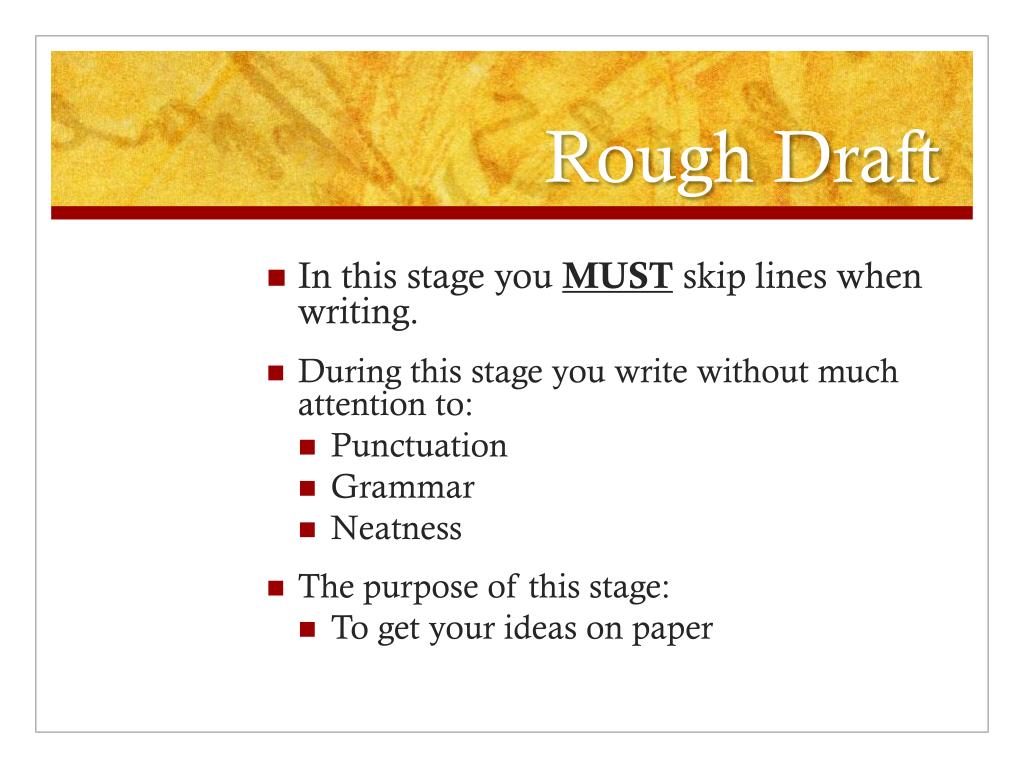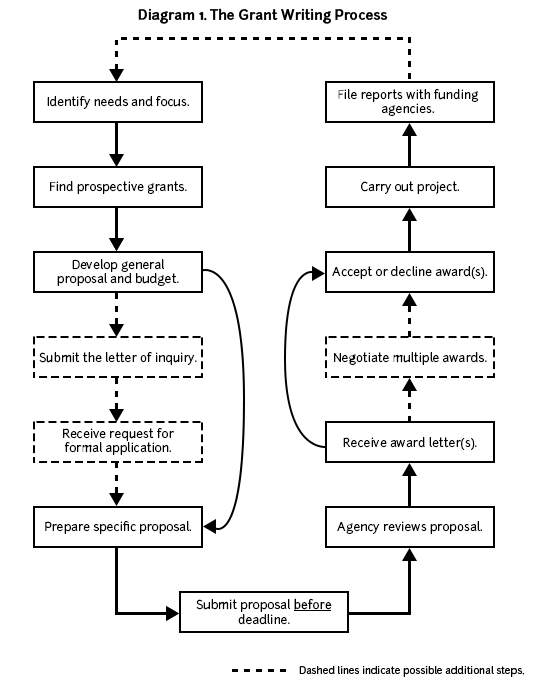


For this reason, we decided to allow the final draft grade to replace the advanced draft grade. Though a grade is an imperfect and reductive measure of student progress, it can also be a motivator. Of course, momentum is also maintained by the student’s belief in his or her progress, and the teacher’s ability to encourage that progress. Momentum propels draft to feedback to draft. If students wait until the night before the final draft is due, lack of planning can hurt student progress. We decided to return advanced drafts within one to two weeks-enough time to meet with a teacher in office hours or make an appointment with our school’s writing center. And if students choose not to turn in an advanced draft, they lose the opportunity for teacher feedback.īecause of the stakes in the revision, our group determined that teachers and students must agree to a reasonable and quick turnaround. The system also gives poor performance (for a host of legitimate reasons or excuses) a second chance.


High-quality student work allows teachers to coach with more specific feedback, whereas weak drafts get less detailed, simplistic comments. Students determine how much work they put into the advanced draft. The advanced draft process is also a form of differentiated instruction, because students at any ability level can be coached through revision. This system would create a longer grading process for writing assignments, but it would hopefully create more satisfying final drafts for teachers and students. The advanced draft would receive the most feedback in the process and a placeholder grade in the gradebook.įinal draft teacher feedback would be minimal because the revision process would be finished. Ideally, the farther the student can take the advanced draft toward accomplishing the rubric goals, the higher the chances are that a student’s work will improve on the final draft. Instead, the student and the teacher can focus more on stylistic quality. Under this formula, the student no longer thinks in terms of the rough draft or outline minimum requirements-“How many quotes do I need in this paragraph/paper?”-for an acceptable grade. “Advanced” draft felt aspirational and conveyed what we expected of our students under this new system-that they would turn in the best work that they could at that moment in time for teacher feedback. In the past, when teachers had assigned rough drafts, they were always a little too rough. Instead, we added a new step: an “advanced” draft, turned in after the rough draft and before the final. This plan wouldn’t replace the essay planning that teachers already did in English classes, such as the prewriting process or the peer-edited rough draft. Students would then need at least a week to participate in the feedback cycle and revise the paper. For this to work, feedback would need to be front-loaded, motivating attention to the teacher commentary itself. The small group of 10th to 12th grade teachers I worked with to develop this system agreed that we wanted all students to revise major written assignments as a response to teacher feedback. Students now have more opportunity to incorporate edits and grow as writers within each assignment, rather than teachers assuming they will demonstrate progress in the next assignment. This school year, our English department adopted a policy that focuses on feedback as a part of the writing process rather than the outcome. How often do we pull up the last paper a student wrote to see how much he or she has grown? Maybe sometimes, but I would argue it’s rare.įor meaningful writing instruction, teachers should consider another paradigm. I’m not even sure I did that as an undergrad.Īs teachers, we make the same mistake. If I am honest about my high school experience, I can’t say I looked at a previous paper before starting the next one. When work piles up before a due date, they’re not likely to look at the feedback on their last paper, especially if they have misguided excuses justifying the grade they received on it. My colleagues and I hope that students will review past mistakes in order to prevent future mistakes, but high schoolers are busy. Considering something better than a “rough” draft, we discussed some potential terms for what we were trying to name. Grading the rough draft was not an accurate impression of how far the student was from the final draft. In our classes, rough drafts were always a little too rough.


 0 kommentar(er)
0 kommentar(er)
